Just around the corner from my house, where the footpath from Cambridge to Grantchester begins, is Skaters’ Meadow. In the 19th century, the meadow would flood, freeze, and people would pay a penny or two to skate around the lamppost in the middle (which you can just see if you click it and look at the larger versions on Flickr).
These days, it’s managed as a nature reserve, and is no good for skating, partly because the winters aren’t cold enough any more, but mostly because it very seldom floods. So I snapped this picture after some heavy rain last week; it’s the nearest I’ve yet seen it come to being a skating rink again. There was a little ice around the edges…
Wouldn’t it make a great setting for a story, though?
On wintry nights, it is said that the ghosts of skaters past can sometimes still be glimpsed, twirling under the lamppost in the moonlight. The most beautiful, and the most graceful of all, is young Annie Crompton, a maid at one of the great houses nearby, who mourns the loss of her love, an adventurous lad who skated too far out onto the River Cam, fell through the ice and drowned. She circles endlessly, awaiting his return…
More photos of the meadows here.


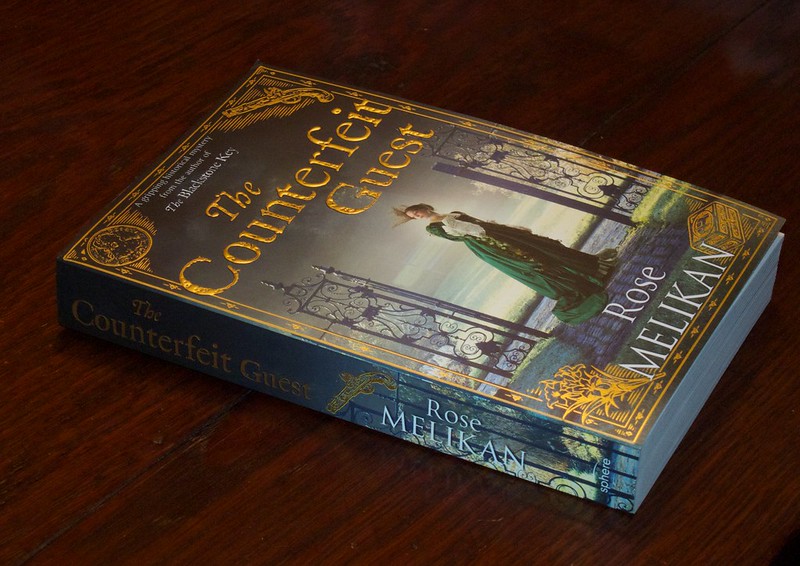

 I launched a new web site on Sunday, which has the potential to transform your marketing materials. It turns any ordinary idea, product or service into an award-winning idea, product or service! Just like that! Visit
I launched a new web site on Sunday, which has the potential to transform your marketing materials. It turns any ordinary idea, product or service into an award-winning idea, product or service! Just like that! Visit 
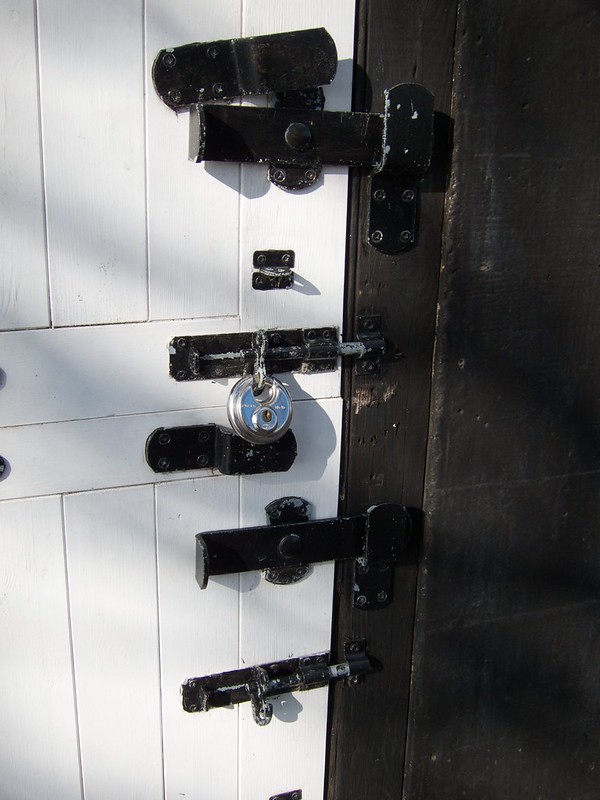

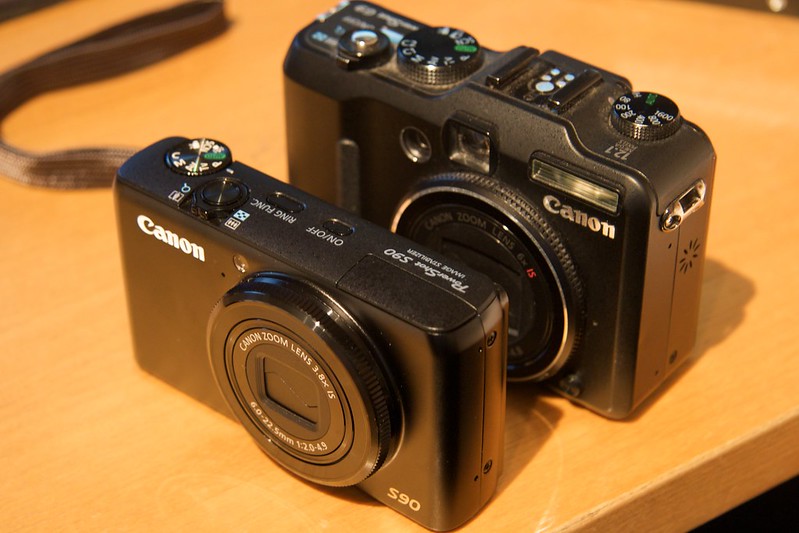

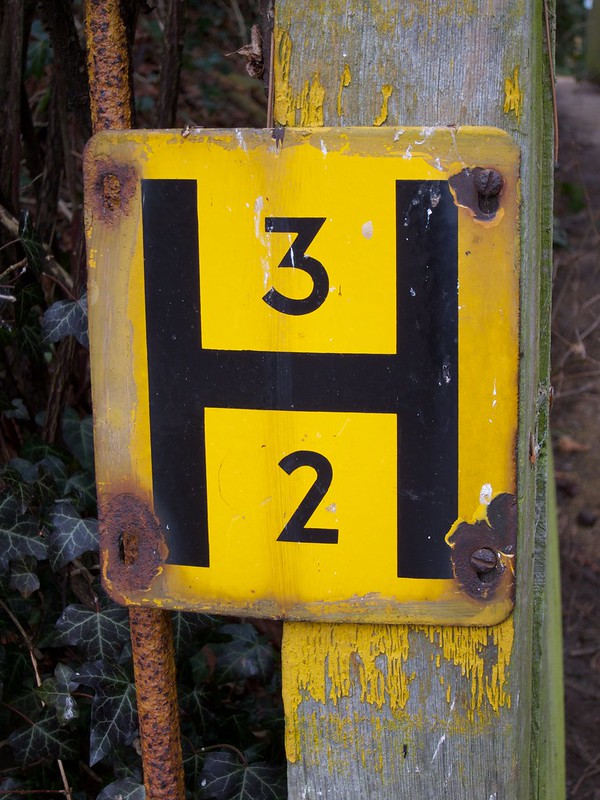
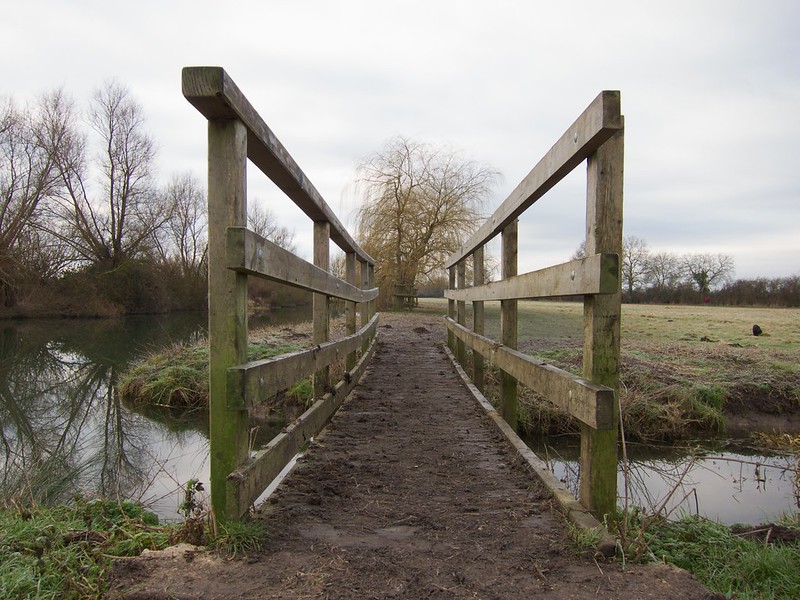

Recent Comments